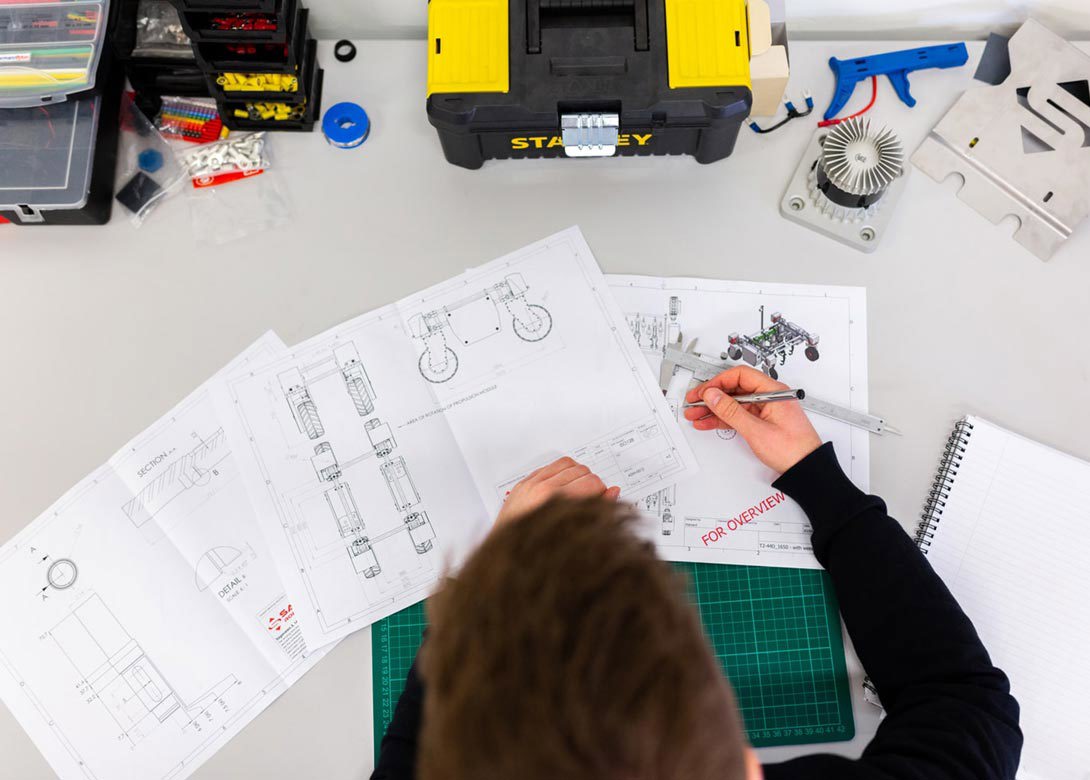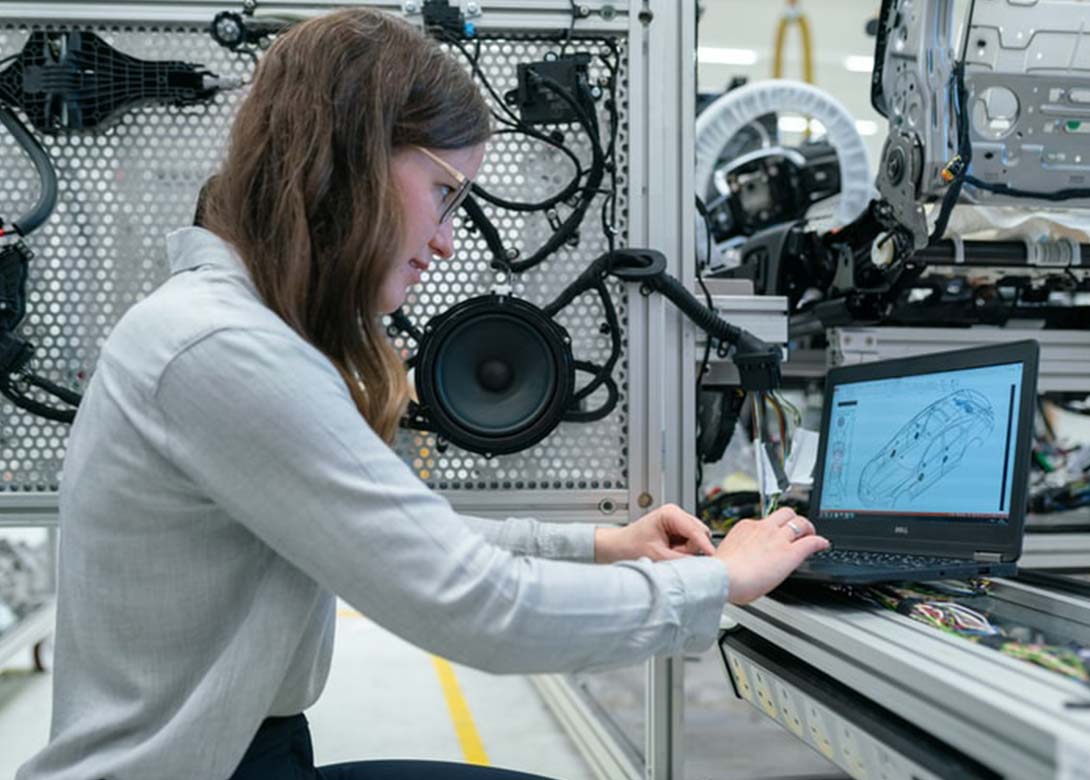
Engineers are now being challenged with rapid advances in technology, changing age-old processes and methods, resulting in an increasing skills gap. Head of norelem ACADEMY and Product Trainer, Martin Ahner, discusses how standard components can help bridge that gap.
The manufacturing industry is currently undergoing a revolution, with many existing systems needing to be revamped or renewed due to Industry 4.0 and IIoT (Industrial Internet of Things). With this revolution, it is imperative that we find a solution to bridge skills gaps. Otherwise, manufacturers may find themselves outmoded, while there won’t be enough labour to go around.
The skills gap within the manufacturing industry is not a new development, especially in recent years. It’s a challenge for every engineer to work in a new area where new knowledge must be acquired. Due to the existing shortage of skilled workers, companies must internally train their employees to gain new skills for new technology.
It comes as no shock that the technology used in manufacturing is constantly changing to keep up with industry needs. Machines are getting smarter and are increasingly networked with each other to pass on certain information to generate an optimal workflow.
As this technology grows it may feel daunting to engineers who were trained many years ago. Grasping these new skills will also take longer if the user isn’t already used to operating modern technology. Equipment such as code writing machines, robotics and data analysis will be all but alien.
Although it may seem like there is a divide between the more experienced engineers and young engineers that are just beginning their career, it is actually quite the contrary. Experience in manufacturing is a desired trait and although knowing all modern equipment may be a bonus, younger engineers may struggle with the basics of engineering and manufacturing.
So how are we going to help bridge that gap? Manufacturers like norelem have taken a step in this direction with its smart product portfolio, which shows how new technologies have impacted new standard components.
Closing the skills gap isn’t something that one person or one company can do alone. It will take a collective effort to address this industry-wide issue. One solution is the use of standard components. Mechanical standard components do not require a wealth of expert knowledge from the outset - they can be easily operated with basic knowledge, which can be helpful for young professionals at the beginning of their career.
However, it’s the little intricacies that can be the difference to an efficient workflow. For instance, knowing which positioning tool is the best for the job, how to assemble standard components together, and what material the component should be made from to lower maintenance time.
There will always be a place for standard components, and by learning how to use these components, engineers can increase their skills and select the right components for the right applications. They can even go on to transfer this knowledge to build fully automated machines or production lines.
The use of standard components, whether for new or old machinery, can reduce retooling times, tooling changes or even the time to swap out workpieces for machining or fabrication. This then reduces time and improves productivity, extends machinery lifespans and reduces downtime.
Of course, training is vital to learn how to use components effectively, which not every business can undertake through internal means. To solve this challenge, norelem ACADEMY offers product training on site from its team of experts with advice, application samples and best practice examples.
For example, norelem has recently sponsored a team of student engineers at HTL Rennweg with some standard components to help in their project, Visual Drive. The Visual Drive project describes a universal attachment for conventional wheelchairs in which the user can choose between two driving modes. The wheelchair can then be used manually or drive with the help of electric drive.
By providing standard screws, washers, couplings, indexing plungers and nuts to this project, norelem enabled the team to develop their project further without the need for bespoke parts or training in specialist skills.
The indexing plungers provided speed and efficiency within the wheelchair and ensured the safety and security of the components were reliable during in operation, resulting in the ideal component to use to fix the wheelchair levers into certain positions.
Using couplings in this project meant the clutches serve as torque transmission from the gear shaft to the friction wheel, enabling the speed of the motor to be changed with ease.
Supporting the younger generation to develop new skills and knowledge is also vital in order to start bridging the skills gap. Knowing the importance of this the norelem ACADEMY supported Team InVentus of the University of Stuttgart and donated some standard components to their automation project.
norelem donated numerous components such as bevel gears, pins, ball bearings, cylindrical pins, shrink disks and angle plates in order to provide components which can be used universally and are easy to integrate into machinery.The InVentus team at the University of Stuttgart developed a vehicle that can drive directly against the wind, powered solely by wind energy with the help of standard components.
Bridging the manufacturing skills gap is possible if we all work together. Sharing expertise and knowledge with colleagues and companies is the first step for positive change that the industry needs. When design engineers are familiar with standard components and basic product know-how about standard and mechanical components, they can integrate these components in their design process and therefore work much more cost-efficiently.


Having spent a decade in the fastener industry experiencing every facet – from steel mills, fastener manufacturers, wholesalers, distributors, as well as machinery builders and plating + coating companies, Claire has developed an in-depth knowledge of all things fasteners.
Alongside visiting numerous companies, exhibitions and conferences around the world, Claire has also interviewed high profile figures – focusing on key topics impacting the sector and making sure readers stay up to date with the latest developments within the industry.





